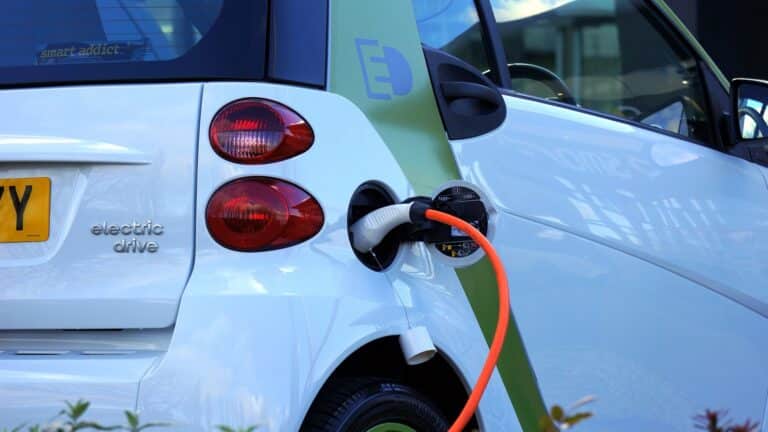This article was originally published in the Wall Street Journal.
Since the modern oil industry began, experts have consistently fretted that the world’s supplies were on the verge of running out. In 1908, President Theodore Roosevelt warned of “imminent exhaustion.” In 1956, M. King Hubbert famously predicted U.S. oil production would peak around 1970. Peak oil production prognostications were all the rage just a decade ago.
Each time, those predictions have proven incorrect, as new oilfields have been found and as technological innovations unlocked previously unforeseen ways to economically extract oil and gas. The most recent was the shale boom, which has put the U.S. on a path to zero out oil imports and sent world prices into a tailspin over the past few years.
Global oil demand may peak, as climate policies and technologies like electric vehicles advance, but it won’t be because we run out of oil.
So what’s next? The coming wave of disruptive innovation in the energy sector is likely to be driven by digital tools bringing together artificial intelligence, machine learning, data analytics, supercomputing and automation.
In the public’s imagination, AI’s impact on the energy sector has perhaps been most widely celebrated with visions of us all moving about in a fleet of self-driving cars. AI is also rightly touted as accelerating the shift to clean energy, for example by boosting the output of renewables and energy efficiency, or by better integrating distributed renewable energy sources into the grid.
Yet less noticed in the public discussion about AI and other digital tools is how they could also transform more traditional energy sectors, such as oil and gas, upending our current understanding of how much oil and gas can be produced and at what cost. Digital innovation is an equal opportunity disrupter.
AI will improve oil and gas production rates and lower costs. With advances in quantum computing, machine learning and AI, tools can now be used to troubleshoot underperforming wells, enhance reservoir modeling, carry out preventive maintenance before problems arise, optimize well design, drilling and completion, and even use machines to carry out tasks on unmanned, automated drilling platforms and well pads.
The shale patch is well-suited to the application of new technologies given its shorter investment cycles. Shale oil break-even prices have come down from around $70 per barrel in 2013 to $50 today, and Goldman Sachs projects they could fall $10 further with the application of both today’s leading-edge technologies and new digital tools like AI.
Offshore oil and gas production will also benefit from the digital age as unmanned and remotely operated production platforms substantially reduce costs and improve operational safety.
The International Energy Agency estimates digital technologies could boost the volume of oil and gas that can be produced by around 5% and reduce costs by 10% to 20%. Many in the oil-and gas-industry believe that the potential impact of digitalization is substantially bigger. Morgan Stanley sees digital technologies delivering cost declines not seen since the industry’s Golden Decade from 1987 to 1997.
Realizing the full potential of digitalization requires new frameworks for collecting, analyzing, and sharing vast amounts of sensitive and proprietary data. Moreover, leveraging digital technologies in the oilfield will require addressing fears about the protection of data from competitors or even foreign governments.
Driving down costs through AI means more supply at lower prices, firming the role of the U.S. among the world’s largest producers and continuing to challenge the ability of OPEC and Russia to prop up prices.
Yet it also means that technological innovation alone is not sufficient to achieve a clean energy transition. There is nothing inherently green about digital innovation. If new digital tools are to help us address the serious threat of climate change, supporting policy will be necessary that puts a price on carbon or otherwise forces us all to account for the social harms that are caused by our current patterns of energy consumption.





